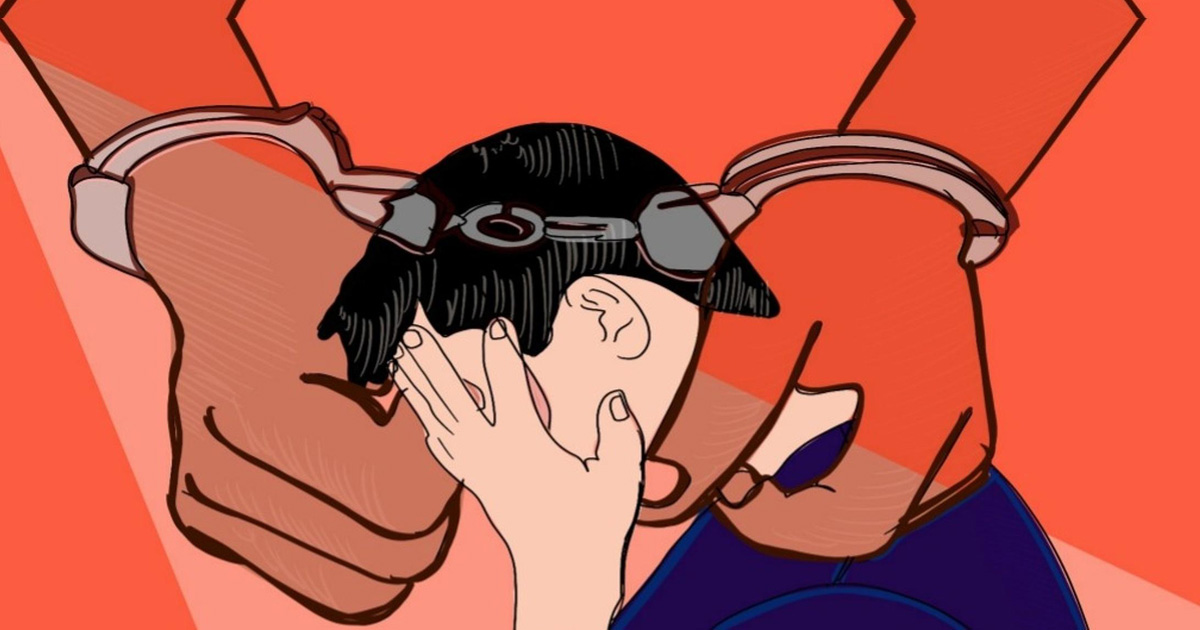

The ‘bois locker room’ incident has exposed the broken world that we are building for our children. It has held a mirror to a society that has collectively instilled its legacy of violent and toxic masculinity in our children, irrespective of their gender. No child is born with glorified ideas of committing rape. The representations of sex and gender within homes, in school, in the media and in crime have all come together to impart this perverse idea of masculinity. What we see in our children today is the inheritance of toxic masculinity that has perpetuated sexual and gendered violence for centuries, across the world.
Positive masculinity presents an alternative to this interpretation of what it means to ‘be a man’, by fostering a non-violent and constructive expression of gender for boys and men. It allows young boys to challenge the gender roles of power and aggression expected from them to effectively end the cycle of violence. However, the inherent inequality of our society forces gender roles upon children, forcing young boys to take to violence as a means of acceptance within their community and peers. Young boys are often silent victims of misplaced societal standards of masculinity and gender norms, just as young girls are bound by gendered expectations to keep quiet and accept abuse and discrimination. Positive masculinity therefore, is understood within the larger gender debate, hoping to delineate the expression of masculinity from violence.
While there are laws to respond to the crimes of sexual abuse both online and offline, the glorification of toxic masculinity sustains sexual violence. The culture of such glorification is reinforced in the absence of strong male role modeling, sexist humour and silence around abuse. Women and young girls also having been socialised within the same culture, uphold these perceptions and practices of masculinity and its associated violence. This culture is then sustained by the failure of generations to challenge these inherited ideas and redefine masculinity for young boys.
Social media platforms like Instagram, Snapchat and TikTok have the potential to become spaces where children build their own worlds, and learn and express themselves freely. However, in the absence of the eyes of parents who may not even know how to navigate the platform, and with the access and anonymity that they grant, these platforms create the perfect sanctuary for content that is abusive and offensive to children, to flourish unchecked. This is enabled by the absence of accountability of intermediaries and service providers, including platforms like Instagram, despite the existence of legal liabilities. With cutting-edge technology for due diligence and moderation at their disposal, the unhindered scale of sexual violence and harassment in online spaces proves only a lack of intent. With young people as their largest and fastest growing source of revenue, tech companies owe them their safety at the very least.
As we scroll through the screenshots of conversations between teenagers, glorifying gang rape and sexual harassment, we realise how deeply disconnected we, as parents, teachers and communities, have become from our children. As only glimpses into their virtual world, these incidents are telling of the larger challenge we face of raising our children right, especially our boys. There is, thus, an urgent need to engage with children in our classrooms, in our family discussions, in our movies and TV shows and in our core belief system – to transform the current toxic mindset to one of positive masculinity. Parents must actively challenge status quo and to breaking of centuries-old gender roles and representations in their everyday lives. They must speak to their children openly, to understand their virtual world, and their fears and experiences around it. Young boys should be able to find positive male role models within the their family, in teachers and in the media who represent the idea of positive masculinity. The media narrative around sexual crimes also has to shift its onus from victims to the perpetrators, and the glorification of the aggressive male has to end.
Our conversations around sexual violence mustn’t exclude young boys and men, but engage them meaningfully, to arrive at possible solutions. The end of this inheritance of violence and toxic masculinity requires the participation of both boys and girls, as equal partners of change.
